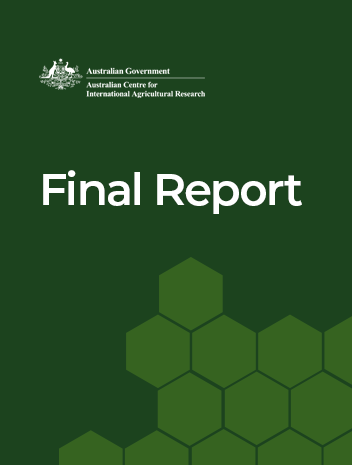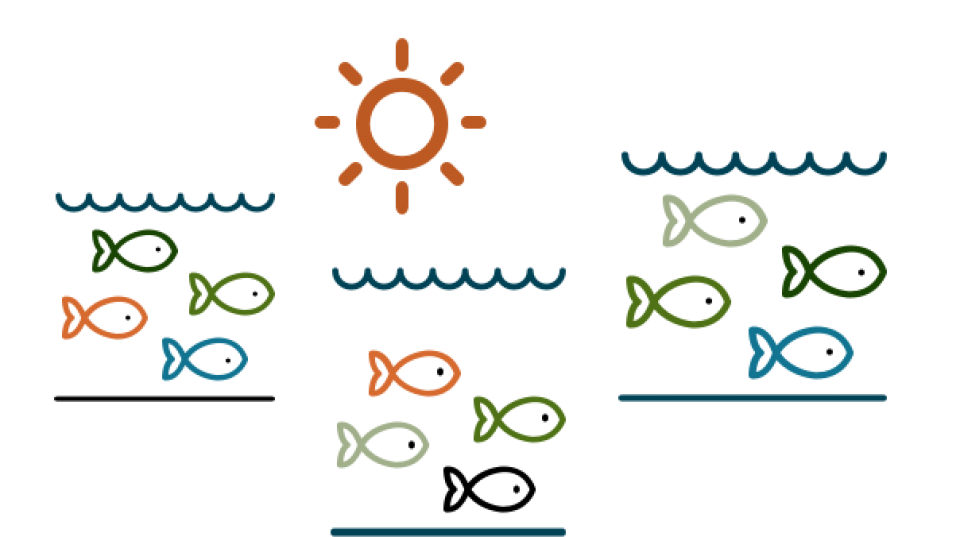Overview
This project aimed to quantify the multiple values of fish resources, interpret findings, analyse implications, and convey high level results and implications to national decision-makers, development agencies and local actors, for sustainable and improved rural livelihoods.
Freshwater capture fisheries in the Lower Mekong Basin provide 47 to 80% of the animal protein consumed, as well as livelihood opportunities. In absence of a solid estimate of the total economic value of these fisheries, their importance remains very poorly recognised by institutions and in development plans, which hampers rural development. The role of fish and agricultural resources in livelihoods and in rural welfare had never been quantified.
Project outcomes
- Assessed the relative contribution of fisheries to welfare, with a focus on poor and vulnerable social groups.
- Identified strategies that increase the welfare and livelihood value of fish.
- Produced 2 databases (one year of fish price monitoring, and three years of livelihood surveys throughout Cambodia), already shared with UNDP and Conservation International for further analyses.
- Published various literature on fish and nutrition, fish resources in Cambodia, digital surveys in developing countries, and representations of rural livelihoods in occupational questionnaires.
- Produced a detailed assessment of the various and relative roles of fish in rural livelihoods.
- Provided an estimate of the price of one tonne of fish at first sale, and its value added along the trade chain, and the actual economic value of fish in Cambodia.
- Provided an updated assessment of the fish production in Cambodia, based on the productivity and extent of various aquatic habitats, including habitats previously overlooked.
Key partners
Cambodia Agricultural Research and Development Institute
Can Tho University
Inland Fisheries Research and Development Institute
National University of Laos
Royal University of Phnom Penh
Ubon Ratchathani University
Documents
Image

Final report FIS/2010/058
734.18 KB
-
pdf
Download
Related Links



